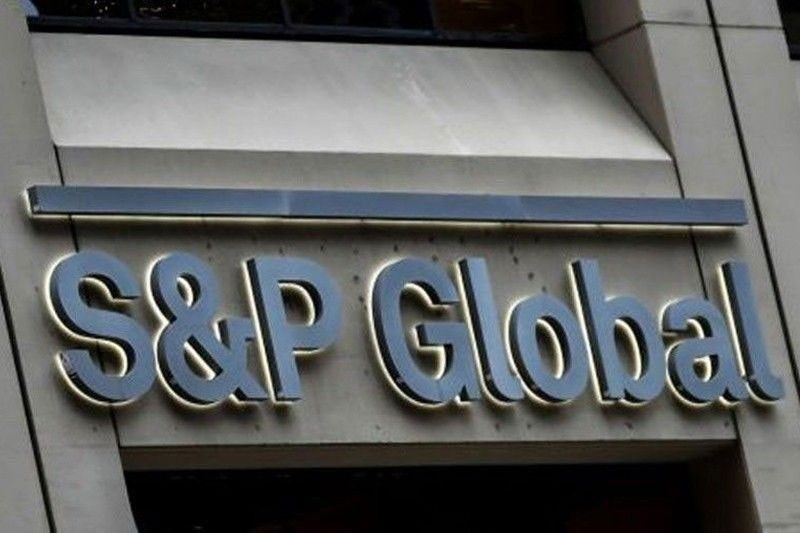Economic scars may be permanent for Philippines – S&P

MANILA, Philippines — Scars caused by the pandemic on the Philippine economy may be permanent as the country may not be able to recoup the losses caused by the global health crisis, according to S&P Global Ratings.
Vince Conti, economist for Asia at S&P, said in a webinar that the Philippines fell 20 percent below where its economy should be without the pandemic at the height of the COVID-19 outbreak in 2020.
Despite bouncing back with three straight quarters of gross domestic product (GDP) growth in 2021, Conti said the Philippines is still 14 percent below where it could have been without the pandemic.
“So there’s a lot of slack in the economy in that sense. However, we do also recognize that some of this scarring might be permanent in the sense that the level of GDP might never catch up to the path that it was taking without the pandemic,” Conti said.
Conti said S&P expects the Philippine economy to recover quite strongly and unemployment to ease gradually over the next few years.
S&P director Yeefarn Phua said the BBB+ rating and stable outlook on the Philippines has been reaffirmed on the back of the country’s strong macroeconomic fundamentals.
“Some of the fundamentals of the economy still remain very much intact, and we believe so. We still have a population here that is young, educated, speaks good English,” Phua said.
Phua added that the debt watcher does not believe that the long-term fundamentals of the Philippines have been impacted by the global health crisis.
“A lot of the countries have been badly scarred by the pandemic as well and some of the peers of the Philippines also saw economic contractions during 2020,” Phua said.
S&P primary analyst Nikita Anand said the credit rating agency sees Philippine GDP growth accelerating to 7.4 percent this year from 5.6 percent last year.
This falls within the seven to nine percent target set by Philippine economic managers through the Development Budget Coordination Committee.
This prompted S&P to raise the economic risk trend for Philippine banks to stable from negative.
The Philippines belong to the Banking Industry Country Risk Assessment or BICRA Group 5 of S&P.
Anand expects the banking sector’s credit costs to decline to 0.9 percent of gross loans this year from about one percent last year as the non-performing loan ratio of Philippine banks would decline from its peak of 4.5 percent.
Anand pointed out that most stressed loans of the sector have either been recognized or restructured and would decline from about 3.1 percent of total loans.
Anand said Philippine banks are likely to book a credit growth of between five and seven percent this year, while sector-wide profits are likely to strengthen in 2022, translating to a higher return on average assets of 1.2 percent.
- Latest
- Trending
































